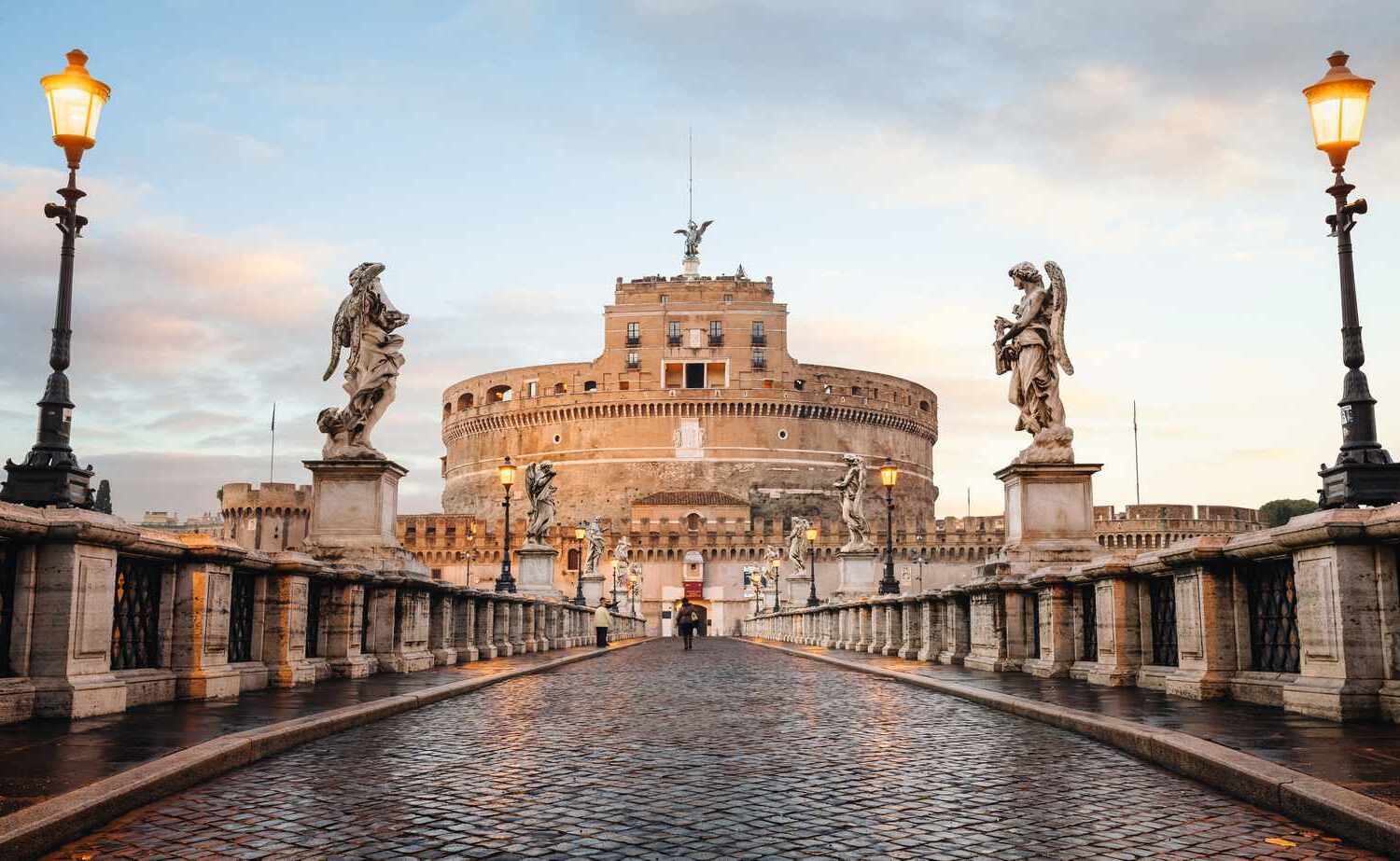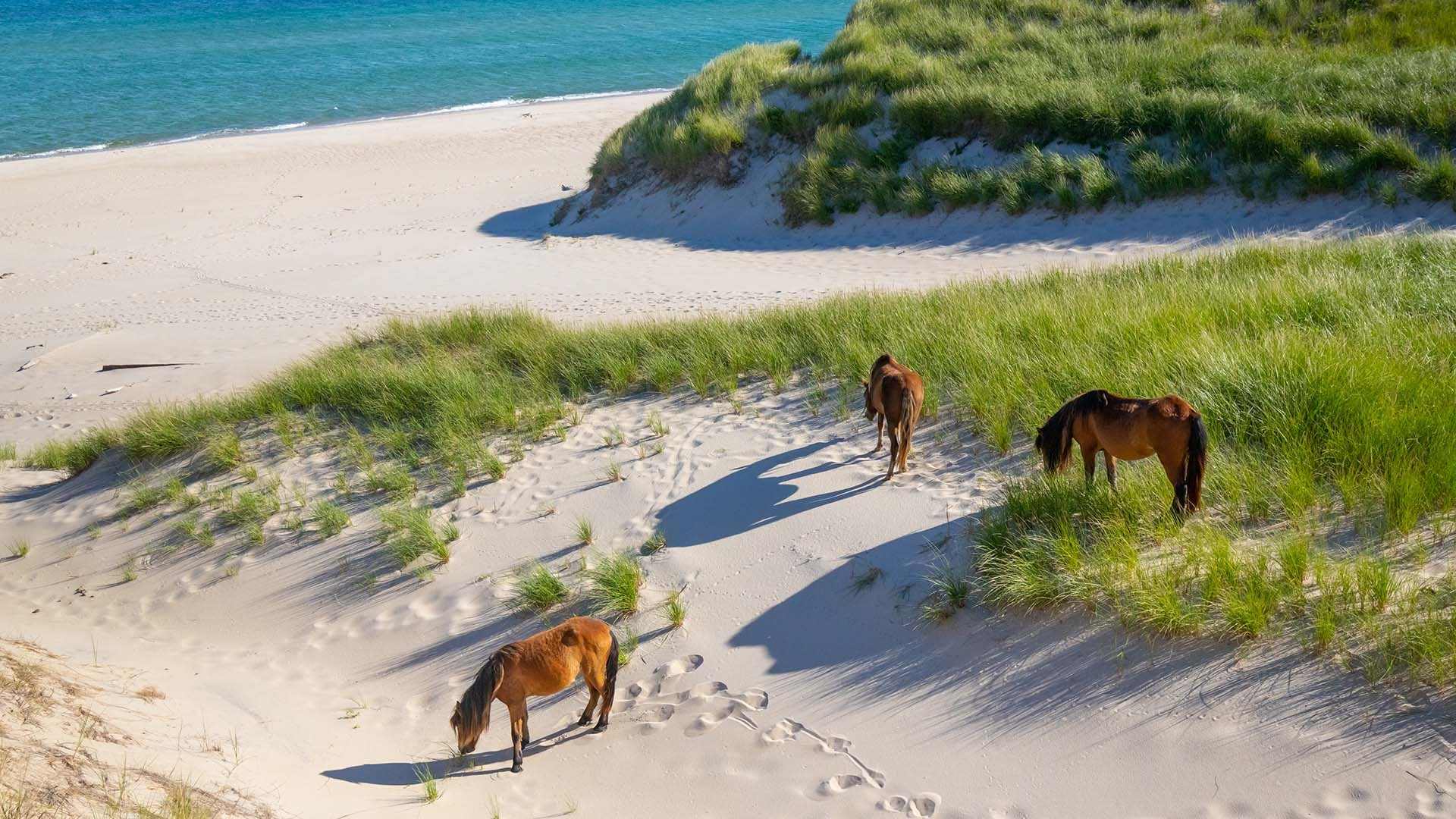
Who was Hadrian? Hadrian, a Roman emperor from 117 to 138 AD, is best known for building Hadrian's Wall in Britain. This wall marked the northern limit of the Roman Empire. Born Publius Aelius Hadrianus, he was a man of many talents—an architect, a lover of Greek culture, and a military leader. His reign is often seen as a period of peace and consolidation. Unlike many emperors before him, Hadrian traveled extensively across the empire, strengthening its borders and infrastructure. His love for architecture led to the construction of many iconic structures, including the Pantheon in Rome.
Hadrian: The Roman Emperor
Hadrian, one of Rome's most famous emperors, ruled from 117 to 138 AD. Known for his architectural projects and travels, Hadrian left a lasting legacy. Here are some fascinating facts about this influential leader.
-
Hadrian was born in Spain. Unlike many Roman emperors, Hadrian hailed from Italica, a Roman settlement in present-day Spain.
-
He was a distant relative of Emperor Trajan. Hadrian's family had ties to Trajan, which helped him ascend to power.
-
Hadrian loved Greek culture. He was a philhellene, meaning he admired Greek culture, arts, and philosophy.
-
He traveled extensively. Hadrian spent more than half of his reign traveling across the Roman Empire, visiting provinces and fortifying borders.
Hadrian's Architectural Achievements
Hadrian's passion for architecture led to the construction of some of Rome's most iconic structures. His building projects showcased his vision and ingenuity.
-
Hadrian's Wall is his most famous project. This defensive fortification in Northern England marked the northern limit of the Roman Empire.
-
He rebuilt the Pantheon. The Pantheon in Rome, with its massive dome, was reconstructed under Hadrian's orders.
-
Hadrian's Villa was a marvel. Located in Tivoli, this sprawling complex served as his retreat and featured numerous buildings, gardens, and pools.
-
He commissioned the Temple of Venus and Roma. This was one of the largest temples in ancient Rome, dedicated to the goddesses Venus and Roma.
Hadrian's Personal Life
Hadrian's personal life was as intriguing as his public achievements. His relationships and interests offer a glimpse into his character.
-
He had a deep bond with Antinous. Antinous, a young Greek, was Hadrian's beloved companion. After Antinous's mysterious death, Hadrian deified him.
-
Hadrian married Vibia Sabina. Their marriage was arranged, and while it wasn't particularly happy, it was politically advantageous.
-
He was an accomplished writer. Hadrian wrote poetry and an autobiography, though much of his literary work has been lost.
-
He was a skilled hunter. Hadrian enjoyed hunting and often participated in hunts during his travels.
Hadrian's Military and Political Strategies
Hadrian's reign was marked by strategic military and political decisions that strengthened the Roman Empire.
-
He focused on consolidating the empire. Unlike his predecessors, Hadrian prioritized fortifying and defending existing territories rather than expanding.
-
He reorganized the military. Hadrian improved the efficiency and discipline of the Roman army, ensuring its readiness.
-
He implemented legal reforms. Hadrian revised and codified Roman laws, making them more consistent and fair.
-
He promoted religious tolerance. Hadrian respected various religious practices within the empire, fostering a sense of unity.
Hadrian's Legacy
Hadrian's impact on the Roman Empire and subsequent history is undeniable. His contributions continue to be recognized and celebrated.
-
He was a patron of the arts. Hadrian supported artists, architects, and scholars, contributing to a cultural renaissance.
-
He improved infrastructure. Hadrian invested in roads, aqueducts, and public buildings, enhancing the quality of life for Roman citizens.
-
He established the city of Aelia Capitolina. Built on the ruins of Jerusalem, this city reflected Hadrian's vision of a unified empire.
-
He was deified after his death. Following his death in 138 AD, Hadrian was deified by the Roman Senate, a testament to his enduring influence.
Hadrian's Health and Final Years
Hadrian's later years were marked by declining health, but he continued to govern effectively until his death.
-
He suffered from chronic illness. Hadrian's health deteriorated in his final years, possibly due to heart disease or tuberculosis.
-
He adopted Antoninus Pius as his successor. To ensure a smooth transition, Hadrian adopted Antoninus Pius, who would go on to rule successfully.
-
He spent his final years in Baiae. Hadrian retired to Baiae, a coastal town known for its healing hot springs.
-
He wrote his own epitaph. Hadrian composed a poignant epitaph for his tomb, reflecting on the transient nature of life.
-
His mausoleum became Castel Sant'Angelo. Hadrian's mausoleum in Rome was later converted into the fortress known as Castel Sant'Angelo, a landmark that still stands today.
Final Glimpse at Hadrian's Legacy
Hadrian's Wall isn't just a pile of old stones. It's a testament to Roman engineering and ambition. Stretching across Northern England, this ancient barrier tells tales of military might, cultural exchanges, and daily life in Roman Britain. Built to keep out the Picts, it also served as a bustling hub of activity, with soldiers, traders, and locals mingling. Today, it stands as a UNESCO World Heritage Site, drawing visitors from around the globe. Whether you're a history buff or just love a good walk, Hadrian's Wall offers a glimpse into a world long past. So next time you're in the area, take a moment to appreciate this incredible piece of history. It's more than just a wall; it's a window into the past.
Was this page helpful?
Our commitment to delivering trustworthy and engaging content is at the heart of what we do. Each fact on our site is contributed by real users like you, bringing a wealth of diverse insights and information. To ensure the highest standards of accuracy and reliability, our dedicated editors meticulously review each submission. This process guarantees that the facts we share are not only fascinating but also credible. Trust in our commitment to quality and authenticity as you explore and learn with us.


